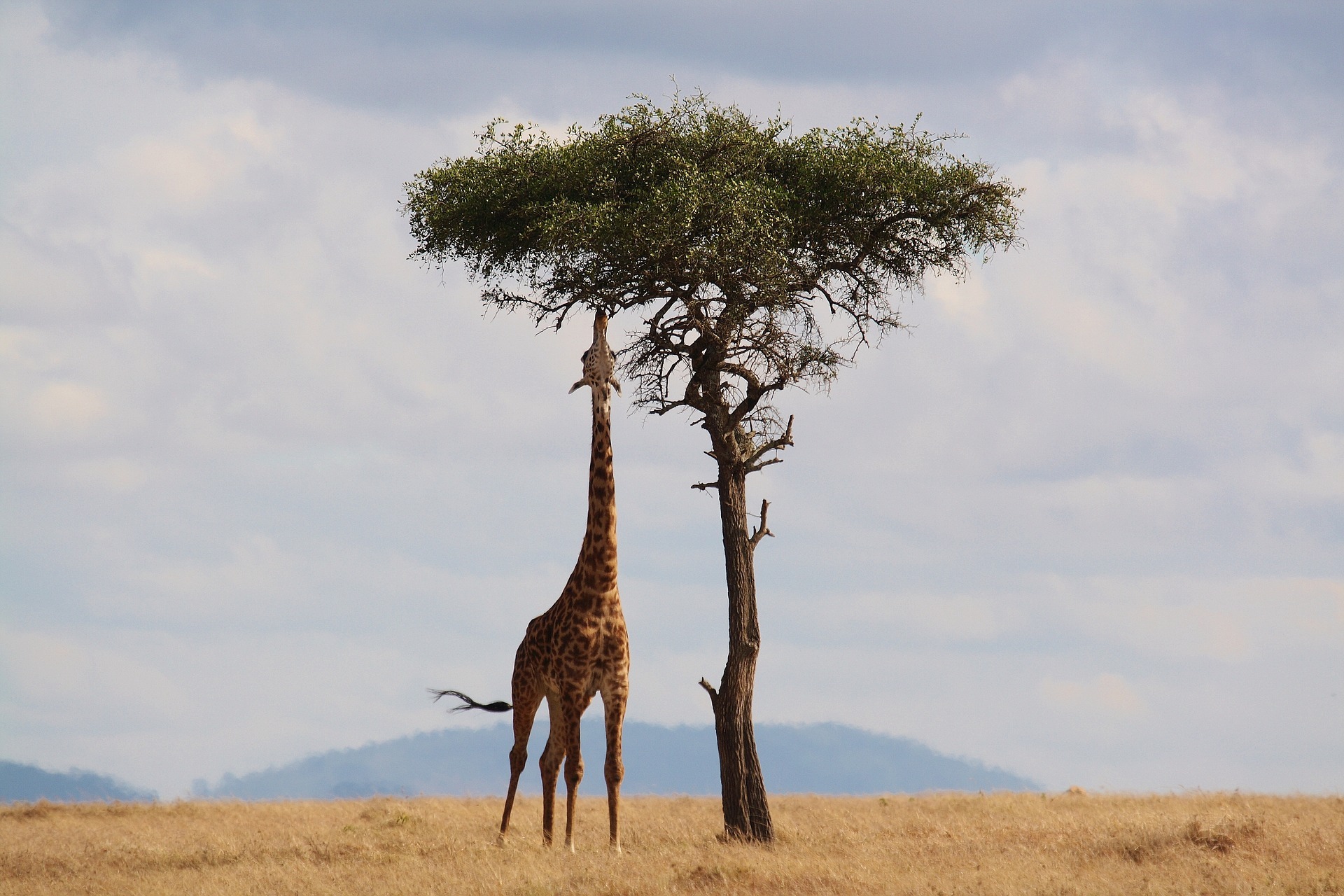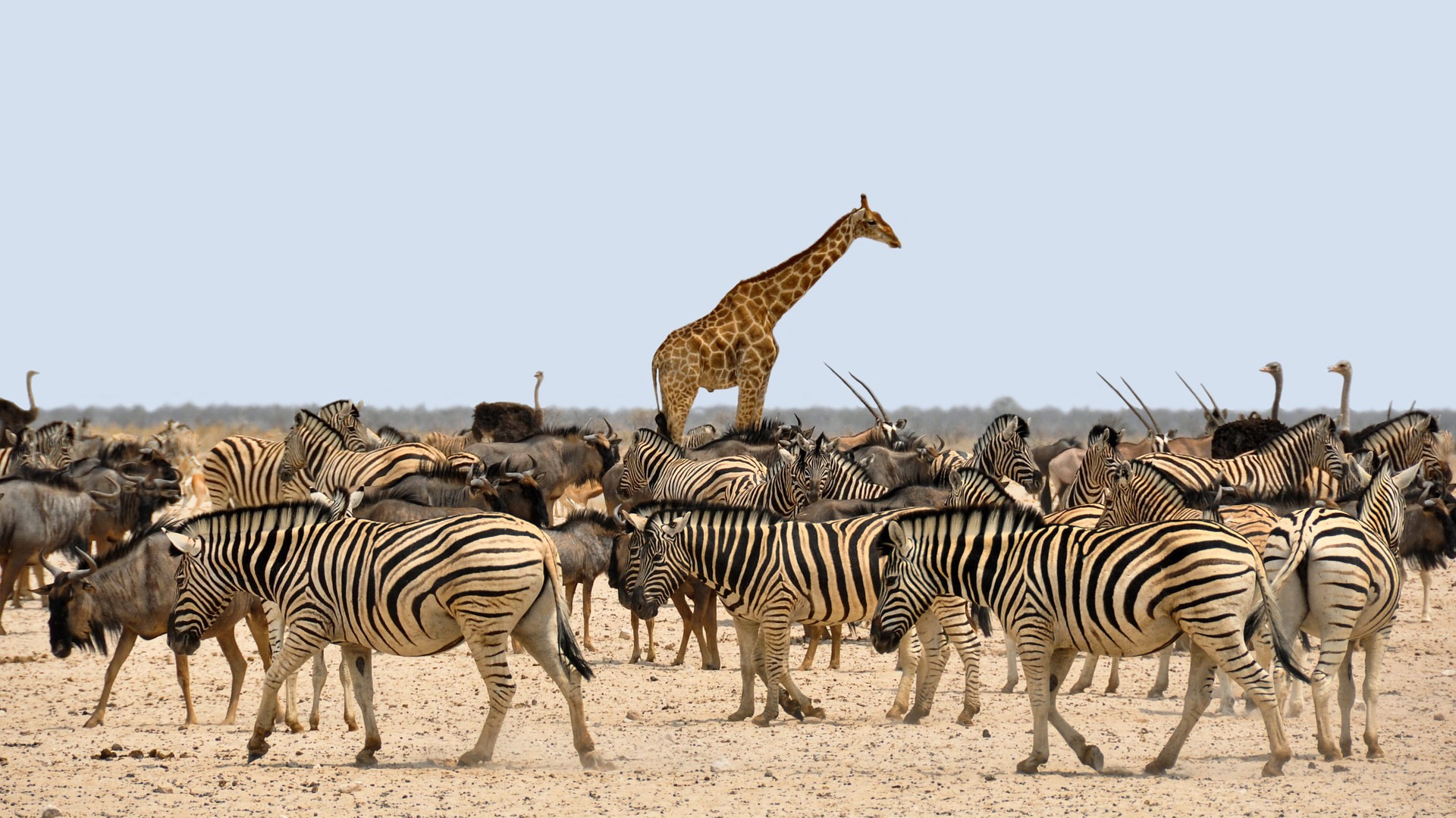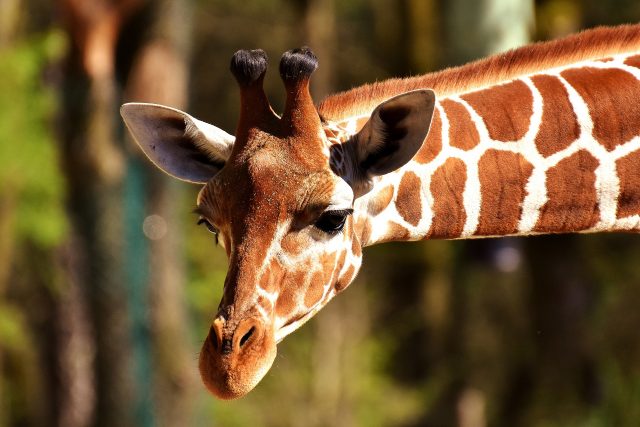New research claims that giraffes are just fuzzy lightning rods.
South African conservationists found two adult giraffes earlier this year that had been struck by lightning. This poses a potential threat for the species.
While approximately 27 Americans are killed by lightning every year, the rate of animals killed by lightning is a mystery to us. It is rare to find documented cases of such incidents. However, the two giraffes found earlier this year in South Africa’s private Rockwood reserve indicates a hole in the scientific literature.
While it isn’t entirely surprising that the tallest animal on the planet pose a high risk of being hit by lightning, there has not been extensive research into understanding the risks that giraffes face.
The lone author who documented the event, Ciska P.J. Scheijen, stated: “when the giraffes died, I tried to look for scientific papers on giraffe kills by lightning, but surprisingly I could only find a few cases, which were only described in non-scientific journals.”
In his email, he continues, “at the same time, few circumstantial details are given, especially regarding their movement patterns and habitat.”
The Rockwood conservationists are primarily concerned with the protection and documentation of rhinos, however, they do house a variety of other animal species, including zebras and buffalo.
The private Rockwood reserve has housed eight giraffes since 2017, where they were monitored almost daily. On February 28, the day before the reserve was hit by a strong thunderstorm, the giraffes were monitored.

“We usually experience some thunderstorms and rainfall in summer…however, it is very seldom that a storm is extreme like the one described in the paper.”
When checked on the next day, conservationists only found six of the eight giraffes. This number concerned the conservationists, as giraffes often stick together in herds.
Days later, on March 2, the two giraffes were found dead. Both were females and lied approximately 7 meters (23 feet) apart.
The older giraffe had a severe wound at the base of its ossicone – the antler-like protrusion on a giraffe’s head. The African Journal of Ecology disclosed that, after a close examination, it was concluded that the giraffe, age 5, died from experiencing a direct lightning strike to the head.
The second giraffe, age 4, had no injuries, and conservationists concluded that similar to how a human or object may be electrocuted by simply being near something struck by lightning, the giraffe must have died from a side flash.
They have also stated that it could have been killed by step potential, where an electrical current flows through the immediate area around a lightning strike.
Scheijen’s reason for publishing her research, was to “information colleagues and make them curious and trigger a discussion.”
 As Scheijen implies, this is an important topic that raises significant questions. A fully grown giraffe can be as tall as 6 meters, which makes them more susceptible to lightning strikes.
As Scheijen implies, this is an important topic that raises significant questions. A fully grown giraffe can be as tall as 6 meters, which makes them more susceptible to lightning strikes.
Conservationists say that it is reasonable to assume the species would have evolved behavioural safeguards to combat the issue, like seeking shelter.
“One of the questions that would be interesting to know is whether giraffes have learned to seek shelter,” Sheijen states. “And if so, do they need to learn it from other individuals?”
The giraffes found at Rockwood reverse died in open grassland, where nothing was taller than a few meters. This would have made them, according to the report, the “highest point of strike in the area”. As of now, however, scientists and conservationist do not comprehend whether giraffes have a response to lightning, and it is understood that there will be research into this question.
Scheijin has explained that they need to start research by determining the impact lightning has had on giraffe’s evolution, as she believes natural-selection would apply if death-by-lightning was frequent.
If it was concluded that it was natural selection, then research must be conducted on which giraffes are affected – the tallest, the ones who do no seek shelter or those whose habitat experiences more thunderstorms.
“Secondly, we must find out if they adapt their behaviour to the weather conditions,” Scheijin says. “Do they perhaps more to more dense areas with tall trees? Do they lower their heads when there is a big storm?”
Scheijin and many other scientists and conservationists are hopeful that they can answer these questions, and they will continue to research the creatures.



































